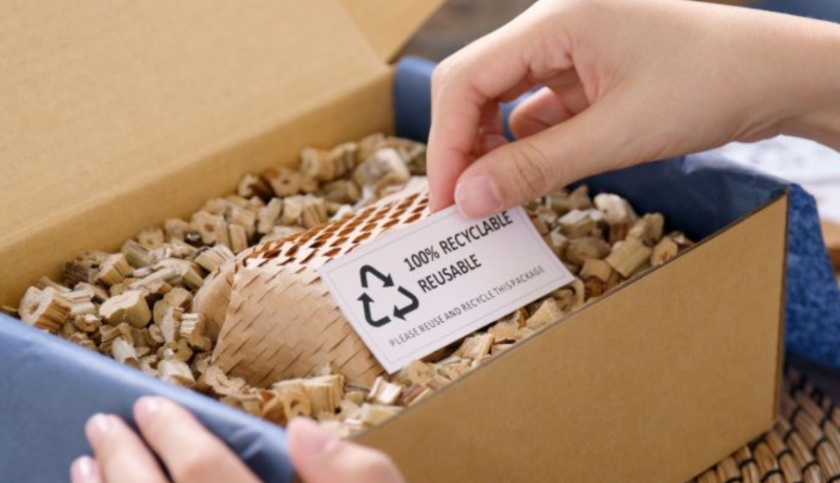
By now, we all (hopefully) know that staring directly into the sun is bad. It’s also really boring, except for during phenomena like a solar eclipse. In that case, it’s interesting to look up, but still dangerous.
On Aug. 21, sun-gazers in the U.S. will be able to view a solar eclipse, and to let viewers protect their eyes, many companies are making “solar eclipse glasses” to allow them to see it without frying their eyeballs. The problem is that many of the items aren’t actually as safe as advertised.
Qaurtz reported that eclipse glasses that pop up on the likes of Amazon are often cheap, and likely don’t meet NASA standards.
What are NASA standards, you ask? According to NASA’s eclipse-viewing safety page, the criteria are as follows:
- Have certification information with a designated ISO 12312-2 international standard
- Have the manufacturer’s name and address printed somewhere on the product
- Not be used if they are older than three years, or have scratched or wrinkled lenses
- Not use homemade filters or be substituted for with ordinary sunglasses—not even very dark ones—because they are not safe for looking directly at the sun
NASA went on to state that American Paper Optics, Baader Planetarium, Rainbow Symohony, Thousand Oaks Optical and TSE 17 have been found to make glasses that meet the correct standards.
It could be a good idea for companies to get in on this. After all, it’s really the only way people can view the eclipse. Also, Quartz reported that in 2015, Germany prohibited people from going outside to view the eclipse without sunglasses because of the potential harm.
“Everything was going along fine until the public started to wake up to the eclipse and started buying things that may or may not be safe,” Rick Fienberg, an astronomist and press officer at the American Astronomical Society, told Quartz. “Now they are peppering us and NASA with questions.”
Because of the newfound interest, business is booming for companies looking to cash in.
“We are increasing [sales] by 30 to 40 percent a day, 400 to 500 percent per week,” said Andrew Lunt, owner of Lunt Solar System and TSE 17.
So, for promotional products distributors, this presents an opportunity for a timely promotion for environmental and outdoorsy clients. Just be sure that your products are safe enough for use.
For those who want to check it out, here’s a map showing the path of the total solar eclipse, where people can get the best look at the eclipse.



